By some estimates, 300,000 to 500,000 abandoned commercial and industrial properties dot the cities, towns and counties of the United States. Often with dilapidated buildings or weed-grown open spaces, these properties have come to be known as "brownfields." Despite the opportunities they represent, the sites remain vacant due to real or perceived hazardous substance contamination and the liability that contamination can bring.
The department's Brownfields/ Voluntary Cleanup Program (BVCP) addresses and oversees brownfield cleanups and promotes redeveloping brownfields for the department. Continue below to learn more about specific brownfields success stories. For information about other Brownfields projects completed under the department’s oversight, visit the department's Brownfields Redevelopment webpage. For information about the status of a site that applied to BVCP, visit the department's Site Specific Data webpage.
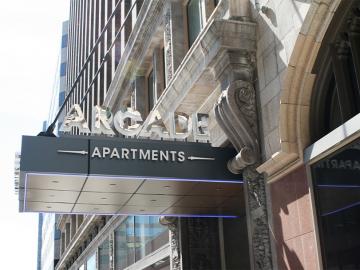
Arcade Building
In 1919, the Gothic Revival skyscraper was one of the most prestigious office and retail buildings in St. Louis. While the reinforced concrete frame remained solid, structurally sound and mostly intact, 30 years of abandonment caused substantial damages throughout the structure. The department's Brownfields/ Voluntary Cleanup Program (BVCP) staff provided remediation oversight. One hundred years after it was built, a privately held St. Louis based company transformed the building back to high prestige with the new Arcade Apartments – a place where local artists can both live and work.
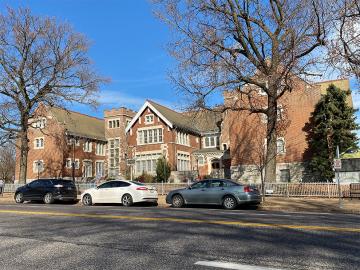
Better Family Life Cultural Center and Museum
This site includes a 1904 historic landmark elementary school building and two adjacent properties in a mixed residential/ commercial neighborhood in St. Louis. The department's Brownfields/ Voluntary Cleanup Program (BVCP) staff provided remediation oversight for asbestos-containing material and lead-based paint. The building was transformed into the Better Family Life Cultural, Educational and Business Center.
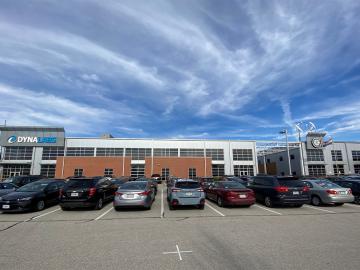
Chouteau Crossing (Sheet Metal Workers’ Local 36 and DYNALABS)
The site is a 6-acre area on Chouteau Ave. in St. Louis’ Lafayette Square and Gate District neighborhood. The site has been developed since 1929, but it was not until 2011 that it was awarded Development of the Year by the city of St. Louis. Chouteau Crossing is now home to two of St. Louis’ highest rated Leadership in Energy and Environmental Design (LEED)-certified buildings: Sheet Metal Workers’ Local 36 and DYNALABS.
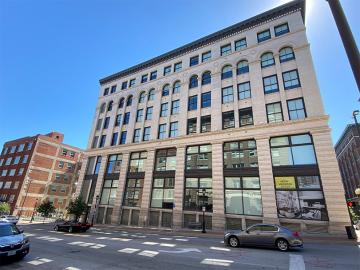
Folgers Coffee (Roaster's Block Apartment Complex)
The property was first used in the 1890's for various retail and manufacturing businesses. It was home of the Folgers Coffee Co. for more than seven decades. The meticulously transformed heavy timber, brick and concrete structures on the property are now part of the Roaster’s Block apartment complex. The environmental issues at the site were remediated, with an emphasis on salvage and recycling rather than sending waste to landfills.
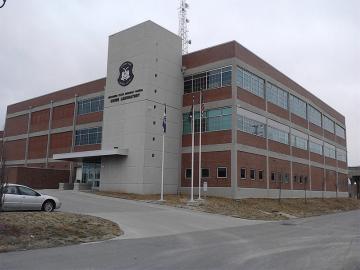
Modern Distributing (Missouri State Highway Patrol Crime Laboratory)
Since 1925, International Harvester Co. used the property for various warehousing and other commercial operations. The site contained two large heating oil underground storage tanks, at least one of which caused contamination to the surrounding soil. The remediated and divided site now houses both the Missouri State Highway Patrol’s crime laboratory and the city of Springfield’s Jordan Valley Community Health Center.
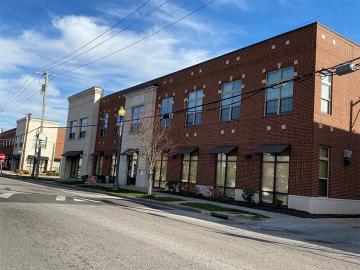
North Central Redevelopment (North Sarah Apartments)
Multiple undeveloped lots and vacant and dilapidated buildings have spotted the area along N. Sarah St. in St. Louis for many years. The area was zoned residential with commercial and retail uses. Extensive remediation and removal efforts allowed for redeveloping the site into a multi-family, mixed-use development with residential, community and commercial space.

North St. Louis (National Geospatial-Intelligence Agency West Campus)
Twenty-seven city blocks within a historic neighborhood in St. Louis will be the new home for the National Geospatial-Intelligence Agency West Campus. An assortment of 551 properties, including a mix of residential and industrial properties dating back to the 1800s, became blighted with contamination from asbestos, household wastes and other contaminants. The 45 million cleanup and $1.7 billion budget to build and furnish the redevelopment project looks to serve as a catalyst for further development in the area.
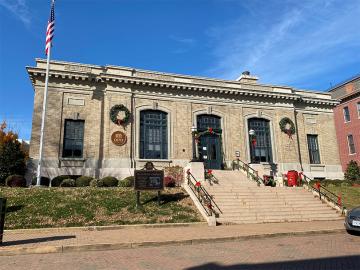
Post Office Redevelopment (OPO Startups LLC)
A local entrepreneur purchased the 1908 post office building on Main St., with a dream of turning his hometown into a hub for high-tech, high-potential startups. The renovated 10,000-square foot facility was converted into a mix of offices, studio space and co-working space and now anchors the multi-building regional digital startup community in St. Charles.
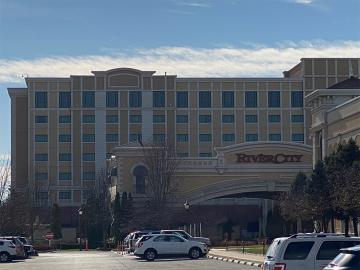
St. Louis Port Authority Industrial Complex (River City Casino & Hotel)
The 80-acre site in Lemay saw heavy industrial activity since the early 1900s. Abandoned for many years, the St. Louis County Economic Development Council and the St. Louis County Port Authority cleaned it up to attract potential developers. Excavating and disposing of tons of contaminated materials and other wastes, and constructing a new thoroughfare, helped render the site eligible for redevelopment into a state-of-the-art gaming and mixed-use complex.

Van Brunt Street Car Barn (9th & Van Brunt Athletic Fields)
The site, located at E. Ninth St. and Van Brunt Blvd. in historic Northeast Kansas City, was previously used for streetcar maintenance, bus maintenance, body shop and fueling facility. The site has since been transformed into a community-gathering place and youth soccer complex, including an all-weather soccer field, amphitheater/ event plaza, walking trail and concessions building with restrooms.
Popular Links
Navigation
-
Sites and Regulated Facilities
- Sites of Interest
- Brownfields/Voluntary Cleanup Success Stories
- Federal Facilities Sites
- Hazardous Waste Generator Lists
- Hazardous Waste and Infectious Waste Transporters
- Hazardous Waste Treatment, Storage and Disposal Facilities (TSD)
- Scrap Tire Haulers
- Scrap Tire Processors
- Operating Solid Waste Landfills
- Operating Solid Waste Processing Facilities
- Superfund Sites
- Underground Storage Tanks
- Investigations and Cleanups
- Long-Term Stewardship (LTS)
- Waste and Recycling Business and Industry
- Reduce, Reuse and Recycle
- Waste and Recycling Data and e-Services
- Waste and Recycling Financial Assistance Opportunities
- What We're Doing - Waste and Recycling
- Get Involved - Waste and Recycling
Contact Information
Brownfields/ Voluntary Cleanup Program
Environmental Remediation Program
P.O. Box 176
Jefferson City, MO 65102-0176
United States

